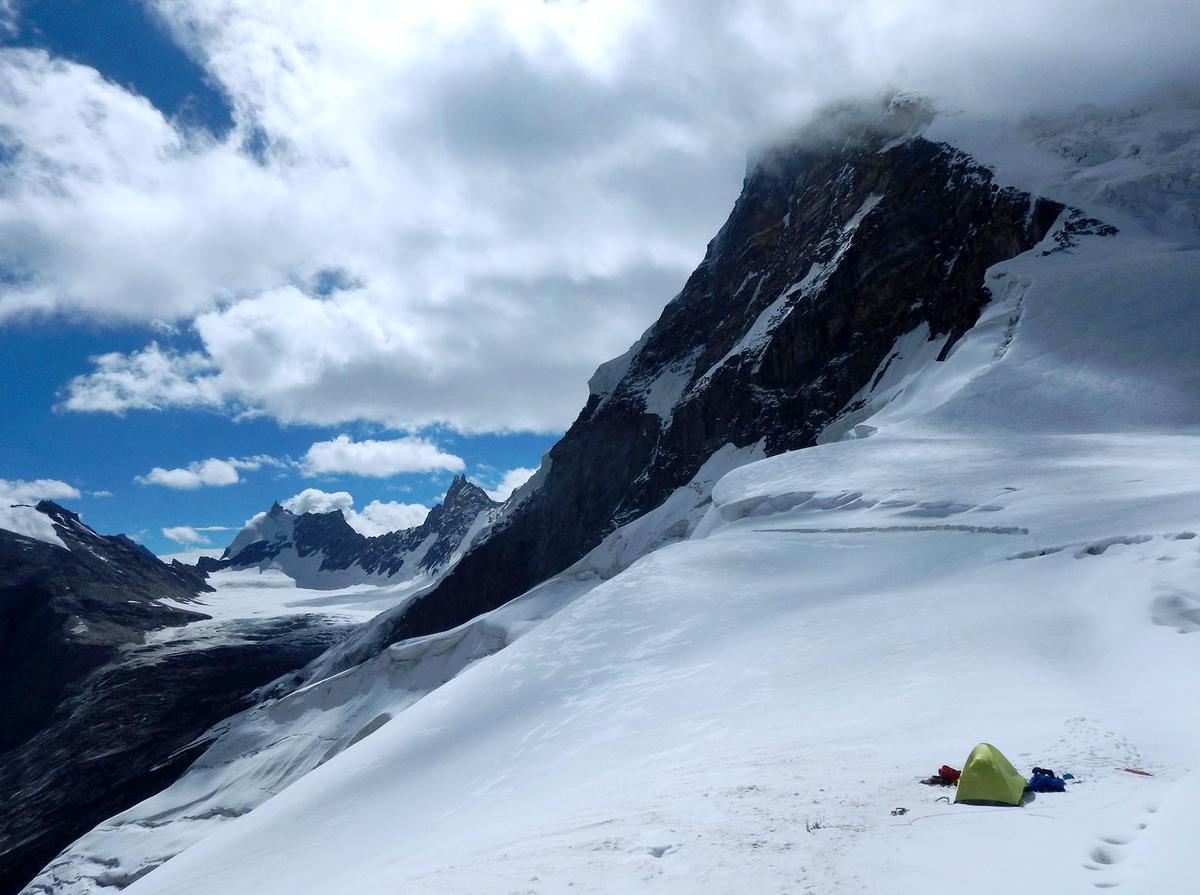By Abrar Yousuf Mir
Currently, the whole world is dealing with one of the most severe pandemics ever seen in history, the first case of which was reported in Wuhan, China in December 2019. The World Health Organization (WHO) first named this disease as coronavirus disease 19 (Covid-19), caused by a novel coronavirus (SARS-CoV-2) and later termed it as ‘Severe Acute Respiratory Syndrome Coronavirus-2’ (SARS-CoV-2). The prime protection from the disease advised was, wearing a face masks, maintaining distance and washing hands frequently with soap. A lot was done by the researchers and other contributing stakeholders across the globe and it is for the first time that a vaccine has been achieved in such quick time.
In India, Bharat Biotech came up with the Covaxin vaccine with an efficacy rate of 81%. On January 16- 2021, the world’s most extensive vaccination program against SARS-CoV-2 started in all states of India primarily focusing on healthcare and other frontline workers for immunization and 60 million doses have been administered to people above the age of 60 so for.
With the spike of new cases from last one month in different states of India, including union territory of Jammu and Kashmir, the virus is again spreading massively and it is a matter of worry and concern. The reason is new and highly infectious double mutant covid variant first reported in the United Kingdom is already being detected in India too. This strain can complicate our battle against this dreadful virus and may render vaccines less effective.
In Jammu and Kashmir (UT), there is a huge surge in the cases reported each day. During winters, the cases had gone down considerably but the number is increasing rapidly now with over a thousand cases each day. The threefold increase in the number of new cases indicates that J&K faces the second wave of the said virus. UT witnessed the first case on March 9-2020 in the valley followed by a Rapid spike, and then, the decline was observed after immediate imposition of lockdown and other preventive measures.
Different studies are being conducted on various aspects of this viral throughout the world in order to understand it and design a proper response system. A study accepted in Journal of Public Health (Springer) available on preprint ‘Research Square’’ entitled ‘SARS-CoV-2 disease in North-western Himalayan region, India: evolution, forecast, and impact of preventive measures’ estimated the reproductive number (R0) of SARS-CoV-2 in its first outbreak stage and also predicted new daily cases for the next 90 days using different R0, testing a plausible end of SARS-CoV-2 outbreak.
The concluding remarks of the study are “Here, we indicate positive effects of the preventive measures, as lockdown and social distance, taken in J&K region, showing a stabilization of the growth curves of new cases of SARS-CoV-2, which tends to a substantial decrease over time as the R0 decreases. (R0 of an infection is the expected number of cases directly generated by one case in a population where all individuals are susceptible to infection).”
The study lays emphasis on the preventive measures (wearing a face mask, maintaining distance, and washing hands frequently with soap, isolation of infected persons, lockdowns) to curb the disease. The authors of the study from include Dr Shiekh Marifatul Haq, Umer Yaqoob, (University of Kashmir), Dr Musheerul Hassan (Pacific University, Rajasthan), Dr Rafaela José da Silva (Federal University of Uberlandia), and Dr Eduardo Soares Calixto (University of Sao Paulo).
The writer is a student of School of Biological sciences, University of Kashmir.






